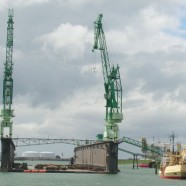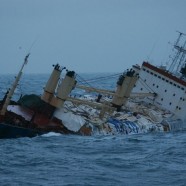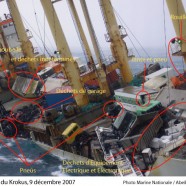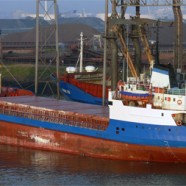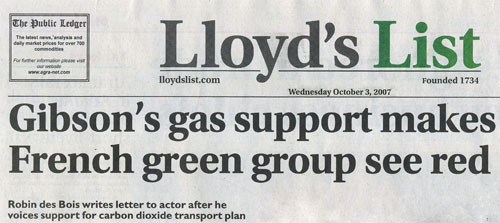Open letter to Mel Gibson
Dear Mel Gibson,
In the Lloyd’s List of September 12th 2007 in the article “From carbon footprints to CO2 ship blueprints” we read that you openly show your support to a project to design vessels twice the size of a normal capesize bulker to transport carbon dioxide (CO2). “BW Shipping boss Andreas Sohmen-Pao reveals green ambitions and has ally in actor Mel Gibson”. This would be done with the intention to use the CO2 “to make oil and gas fields more productive” i.e. Enhanced Oil Recovery (EOR). More than 40 Mt of CO2 are currently used each year in the United States to recover oil. Most of the CO2 comes from deep natural accumulations of CO2 while about 5 % comes from industrial sources. Some of the CO2 used in EOR today is stocked in the well from where it escapes in the mid term, with the exception of the Weyburn oil field pilot project in Canada where the CO2 is recaptured and re-injected for permanent sequestration.
Robin des Bois a French NGO has been fighting for the protection of Man and the Environment since 1985. Robin des Bois has for over 20 years been involved, in the banning of waste storing and waste dumping in or under the world’s oceans. We have very strong reservations on the concepts and projects exposed at the Forbes Global CEO Conference in Singapore by Mr Sohmen-Pao. More generally we have serious doubts on currently exposed Carbon Capture and Storage (CCS) technological solutions.






